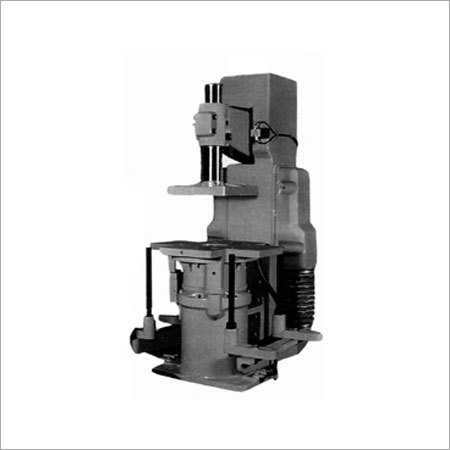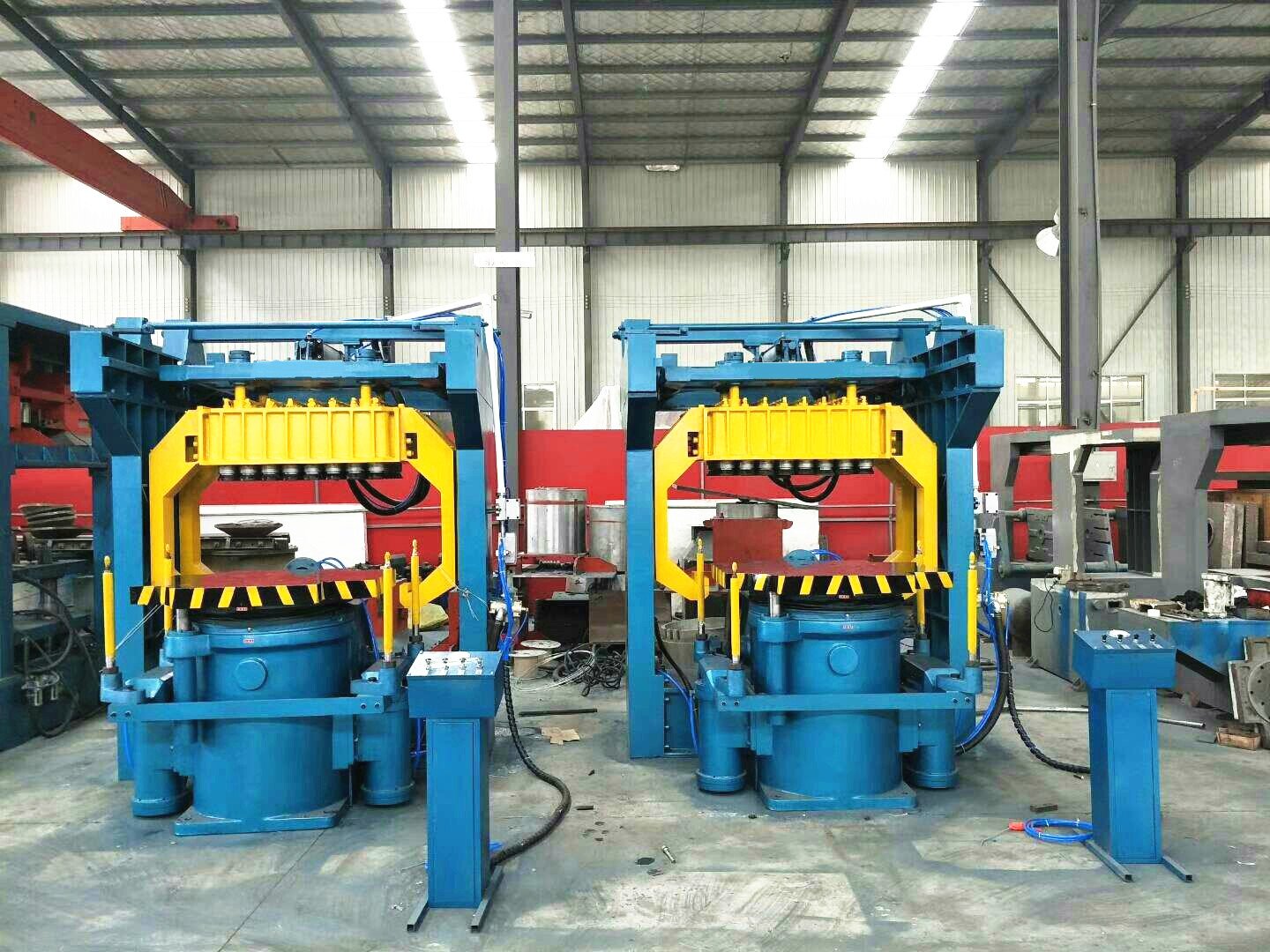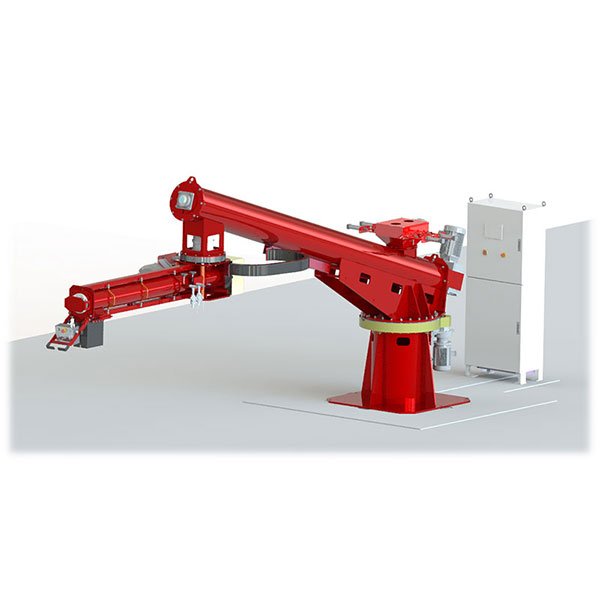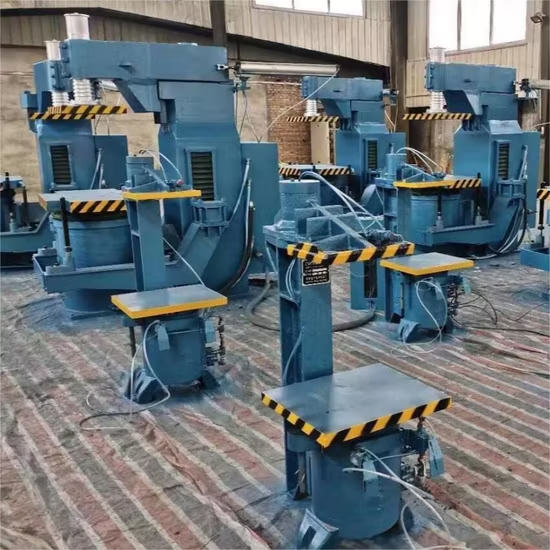
Struggling to balance casting quality with environmental responsibility?
Resin sand molding delivers precise, high-quality castings—and when paired with a recycling system, it offers a complete, cost-effective, and sustainable solution for modern foundries.
From mold to metal, and back again—let’s walk through the full lifecycle of resin sand in your foundry.
Introduction: What Is Resin Sand Molding?
Green sand can’t always deliver the strength and detail you need.
Resin sand molding is a precision casting process that uses resin-bonded sand to form durable, high-detail molds—ideal for complex and large components.
It’s widely used in modern foundries because it enables tighter tolerances, smoother finishes, and greater mold stability compared to traditional green sand molding. The process works well for heavy or intricate castings in the automotive, construction, and marine sectors.
Compared to green sand:
| Feature | Green Sand Molding | Resin Sand Molding |
|---|---|---|
| Mold Strength | Moderate | High |
| Surface Finish | Coarse | Smooth |
| Dimensional Accuracy | Fair | Excellent |
| Reusability | High | Medium to High (with recycling) |
| Typical Use | Small to mid-sized parts | Large or complex castings |
What Is Resin Sand?
Not all sand is created equal—especially in casting.
Resin sand is a mixture of high-purity quartz sand and a synthetic resin binder that forms a strong, heat-resistant mold after hardening.

Resin-bonded sand offers superior casting precision, smooth surfaces, and excellent collapsibility after pouring. The binder is typically activated by a hardener or catalyst to cure at room temperature, making it suitable for various production speeds.
Key Properties of Resin Sand:
- High thermal resistance
- Excellent dimensional stability
- Smooth surface finish
- Strong mold hardness and edge definition
Common Resin Types Used:
| Resin Type | Characteristics | Typical Use Cases |
|---|---|---|
| Furan Resin | Fast curing, low gas generation | General purpose casting |
| Phenolic Resin | High heat resistance, good strength | Steel and high-temperature alloys |
| Urethane Resin | Good surface finish, fast hardening | Automotive and precision castings |
Step-by-Step: The Resin Sand Casting Process
Here’s how raw sand becomes a precision-cast product.
The resin sand casting process includes mold creation, metal pouring, solidification, and finishing—a clean and accurate method for complex geometries.
Pattern Preparation:
A reusable or disposable pattern is placed in a molding box. Resin-coated sand is packed tightly around it and cured to form a mold cavity.Mold Assembly:
Cores and mold parts are assembled. Vents and risers are positioned to control metal flow and gas release.Metal Pouring:
Molten metal is poured into the cavity. The cured mold withstands high temperatures without collapse.Cooling and Shakeout:
The metal solidifies, the mold is broken apart, and castings are separated from the used sand.Cleaning and Finishing:
Flash and excess material are removed. Castings are shot blasted or ground for final inspection.
What Happens to the Used Resin Sand?
Ever wonder where all that sand goes after shakeout?
Used resin sand becomes hardened lumps with residual binder—if left unmanaged, it contributes to high disposal costs and environmental waste.

After casting, the resin-coated sand is no longer free-flowing. It becomes hard, brittle chunks with remaining binders that hinder reusability. Without proper treatment, most of this sand ends up in landfills—expensive and wasteful.
Traditional Disposal:
- Manual dumping
- High landfill and transport costs
- No value recovery
Recycling Options:
- Mechanical and thermal reclamation
- Sand reused multiple times
- Significant reduction in waste volume and cost
How Resin Sand Recycling Works
Recycling transforms waste into value—literally.
Resin sand recycling involves breaking down used sand, removing binders, and restoring it for reuse through mechanical and thermal processes.
Mechanical Reclamation:
Used sand is crushed, metal particles are separated, and scrubbing removes most resin residue.Thermal Regeneration (if required):
Sand is heated in a furnace to burn off remaining binders, producing near-virgin quality sand.Cooling and Storage:
Reclaimed sand is cooled and stored for reuse in the next molding cycle.
| Step | Purpose | Equipment Used |
|---|---|---|
| Crushing | Break down sand lumps | Lump crusher |
| Separation | Remove metal and large debris | Magnetic separator, screen |
| Scrubbing | Clean off old resin | Sand scrubber |
| Thermal Burn-Off | Remove deep-set binder | Thermal regeneration furnace |
| Cooling & Storage | Prepare sand for reuse | Sand cooler, storage silo |
Why Recycling Is Essential in Resin Sand Molding
Can you afford not to recycle?
Recycling resin sand reduces raw material costs, improves casting consistency, and aligns your foundry with modern environmental standards.

Cost Reduction:
Save up to 90% on raw sand costs and reduce transport and dumping expenses.Quality Control:
Consistent reclaimed sand ensures stable mold strength and casting accuracy.Environmental Impact:
Less waste to landfill and lower hazardous material handling.Operational Stability:
Reduced variability and smoother production cycles.
Resin Sand Molding vs. Green Sand Molding: Key Differences
Not sure which molding method fits your needs?
While green sand is cost-effective and reusable, resin sand molding offers superior accuracy and surface finish—especially valuable for complex, heavy castings.
| Feature | Green Sand | Resin Sand |
|---|---|---|
| Mold Strength | Medium | High |
| Surface Finish | Rough | Smooth |
| Casting Tolerance | Fair | Precise |
| Sand Reusability | Very High | Medium to High (with recycling) |
| Equipment Cost | Low | Higher upfront, lower long-term |
| Setup Time | Short | Longer |
| Best For | Simple, low-cost castings | Complex, structural, large parts |
Industries That Rely on Resin Sand Molding and Recycling
Resin sand isn’t niche—it’s industrial backbone.
Industries that require strong, detailed, and defect-free castings depend heavily on resin sand molding and integrated recycling systems.
| Industry | Common Applications |
|---|---|
| Automotive | Engine blocks, gear housings, brake drums |
| Heavy Machinery | Cast frames, hydraulic bodies, pump housings |
| Marine | Propeller blades, shaft casings |
| Railway | Couplers, brake parts, wheel components |
| Construction | Structural connectors, bearing housings |
| Steel Foundries | Large-scale alloy and stainless steel parts |
Conclusion: Building Efficiency from Casting to Recycling
From start to finish, resin sand molding works best in a closed-loop.
By investing in a complete resin sand recycling system, modern foundries reduce cost, improve casting quality, and future-proof their operations against rising environmental demands.
Contact Hitech-China for a custom system that closes the loop from casting to recycling—engineered for performance, built for sustainability.
FAQs
Can all used resin sand be recycled?
Yes, with the right system. Mechanical methods work for most, but thermal regeneration may be needed for high-spec castings.
Is resin sand more expensive than green sand?
Initially, yes. But with recycling, the lifecycle cost of resin sand becomes very competitive—especially for complex parts.
How long does a recycling system last?
A well-maintained system can last 10–15 years or more, with regular part replacements and scheduled servicing.
What quality improvements come from recycling?
Recycled resin sand delivers more consistent grain structure, better surface finish, and fewer casting defects compared to constantly using fresh sand or unmanaged used sand.







